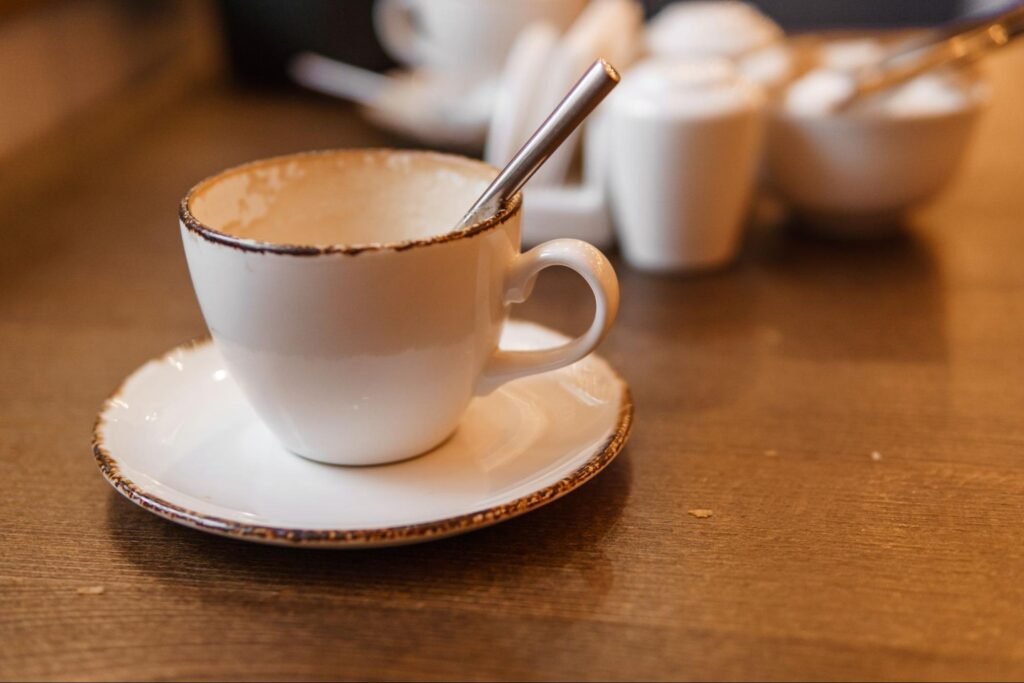
Artisanal Rituals for a Memorable Customer Experience
How can brands create a more balanced and memorable customer experience by blending artisanal product quality with thoughtful everyday rituals that keep people coming back?
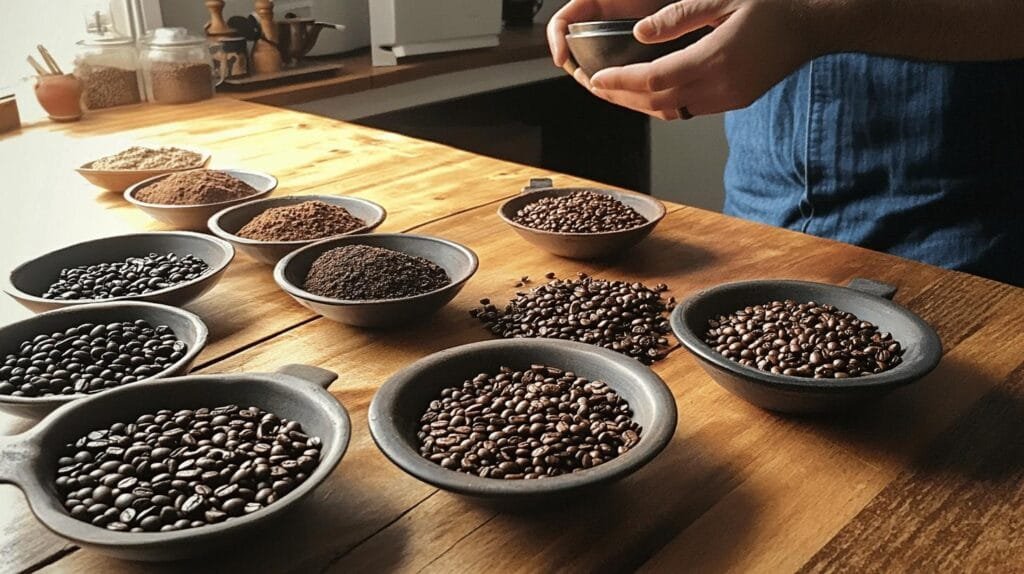
Is the world of coffee flavor more art or science? The cupping process for coffee straddles both, offering a structured yet sensory-rich experience that enthusiasts and professionals alike cherish. Methodical and precise, coffee cupping is the industry’s litmus test for evaluating the intricate profiles of coffee, from fragrance to flavor nuances.
This global standard ensures every cup meets the highest quality benchmarks, highlighting essential characteristics such as acidity, body, and balance. So, what is the cupping process for coffee? Let’s find out.
Coffee cupping is a global method to check coffee quality. This standardized process involves evaluating:
Professionals use it to analyze specific characteristics like acidity, body, and flavor notes. By tasting coffee samples, roasters, traders, and baristas can spot subtle differences. This ensures only the best coffees reach consumers.
Fragrance and aroma are noted during the dry and wet phases of the grounds, giving the first hints of the coffee’s potential. As tasting continues, acidity and body become important factors.
Acidity adds brightness, while body relates to weight and texture on the palate. Balance—the harmony of these attributes—is also crucial.
This structured evaluation helps develop a coffee’s flavor profile, guiding purchasing decisions and enhancing understanding of its unique characteristics.
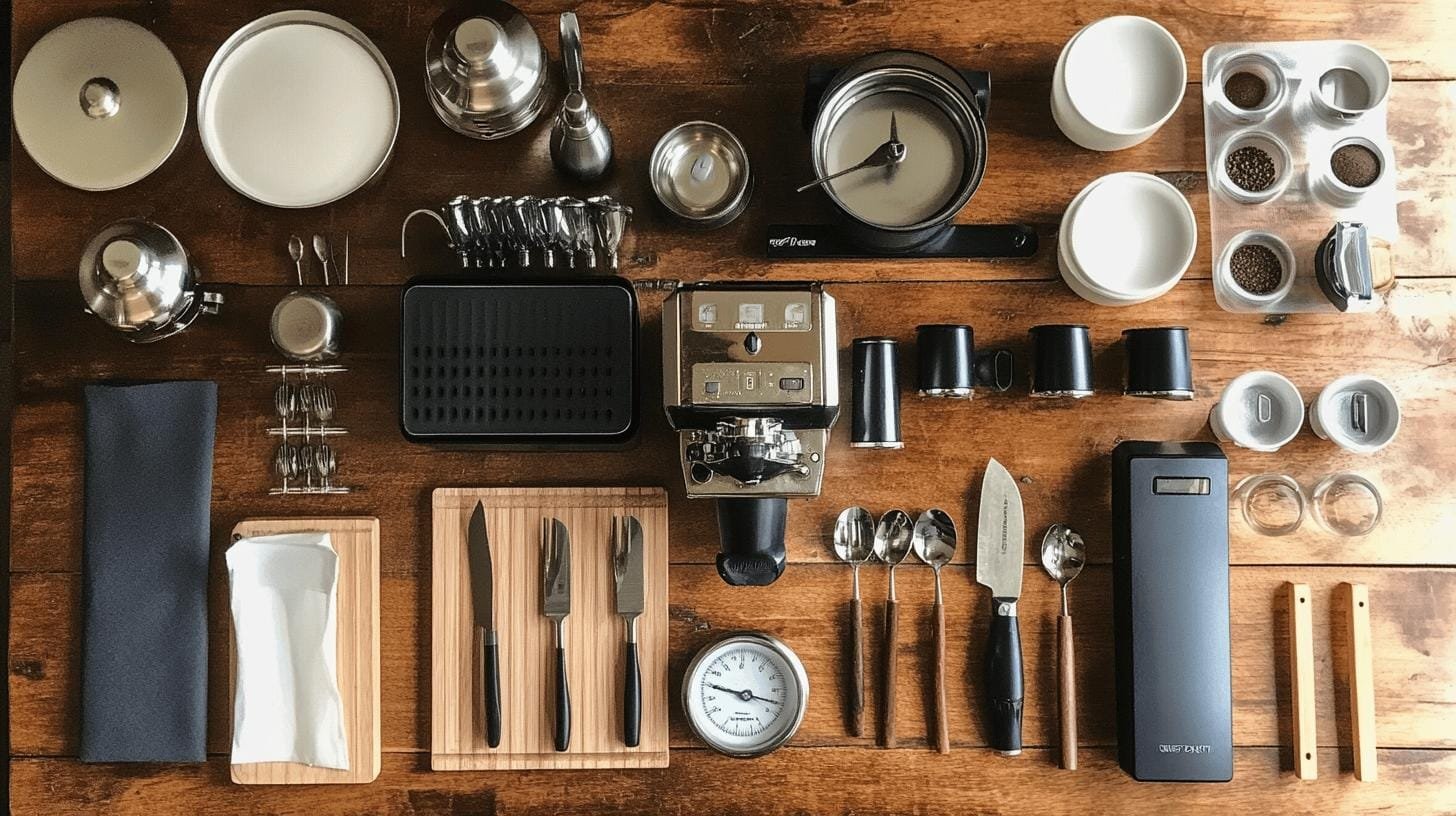
In coffee cupping, accurate tools ensure reliable results. Each coffee sample needs consistent evaluation.
Essential tools include:
To start a coffee cupping session, first gather all necessary equipment. Have a scale, grinder, cups or bowls, spoons, and a timer ready. Arrange three bowls per coffee sample for accurate comparison.
The coffee-to-water ratio is important. A standard 1:18 ratio ensures optimal brewing conditions for fair evaluation. For example, use 10 grams of coffee with 180 milliliters of water. This ratio keeps samples consistent, a fundamental aspect of a valid session.
Once setup is ready, the cupping process begins.
Tasters slurp the coffee with a spoon, spreading it across the palate. This ensures full coverage of taste receptors, allowing evaluation of key attributes.
As the coffee cools, repeat the tasting to observe changes. This systematic approach offers a detailed understanding of each coffee’s profile, aiding informed decisions in the industry.
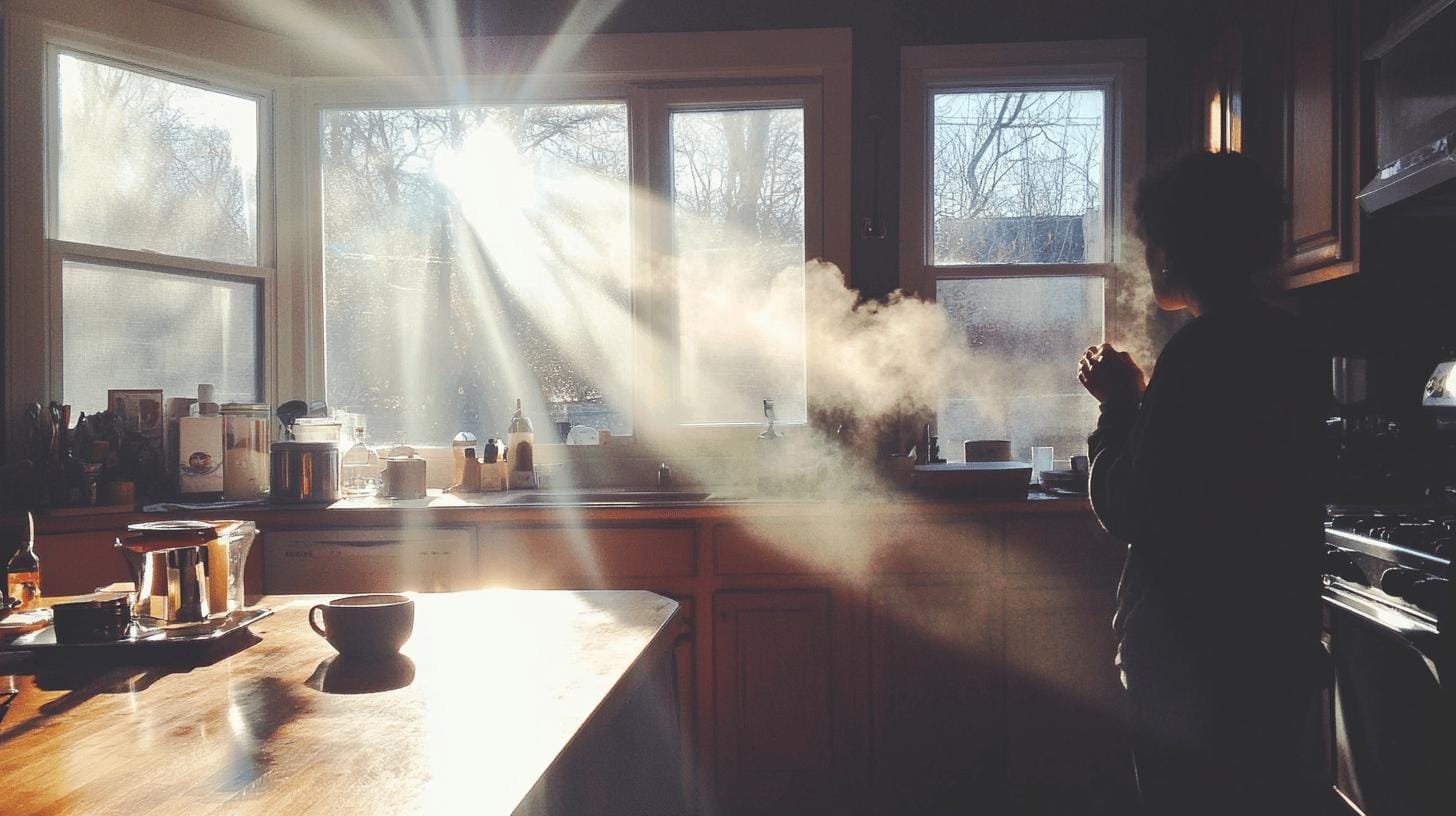
The primary sensory attributes analyzed during coffee cupping include fragrance and aroma. This starts with the dry grounds for fragrance and continues with the wet aroma after adding hot water. These initial assessments provide early indicators of the coffee’s potential.
The coffee flavor wheel is a tool for identifying flavors and aromas in coffee. It offers a visual guide for tasters to pinpoint specific characteristics.
The wheel includes categories like fruity, floral, nutty, and sweet, helping tasters articulate their observations.
Evaluating fragrance, aroma, acidity, body, and balance provides a thorough analysis of the coffee’s profile. Together, these sensory aspects determine the coffee’s overall quality and desirability, guiding purchasing and blending decisions.
Cupping at home helps coffee enthusiasts develop personal tastes. By systematically tasting different coffees, individuals gain insight into diverse flavor profiles. This practice enhances appreciation for coffee complexities and refines taste discernment.
Setting up a home cupping session requires minimal equipment and yields valuable insights.
Some tips include:
Comparing different coffee beans side by side helps identify personal favorites, further honing tasting skills.
What is the cupping process for coffee? It is a standardized method used globally to evaluate coffee quality. Understanding the technique’s global relevance, sensory analysis, and essential tools bridges the gap between casual enjoyment and expert appreciation.
With detailed steps and guidance, mastering this process is accessible to anyone eager to deepen their coffee knowledge. This knowledge not only elevates personal coffee experiences but also fosters a deeper appreciation for the craft and expertise behind every blend.
Coffee cupping is a standardized method used globally to evaluate coffee quality. It involves assessing fragrance, aroma, and flavor to identify characteristics such as acidity, body, and specific flavor notes.
The ideal coffee cupping ratio is 1:18, meaning one part coffee to eighteen parts water. This ensures optimal flavor extraction for consistent evaluation of coffee characteristics.
The coffee cupping process at home involves using similar tools to a professional setup, including a grinder, scales, and cupping bowls. Conduct the cupping with a 1:18 coffee-to-water ratio, focusing on sensory evaluation.
A coffee cupping session typically lasts around 30 minutes. This allows sufficient time for observing, tasting, and recording sensory attributes like fragrance and aroma.
The ideal water temperature for coffee cupping is around 200°F (93°C). This temperature helps extract the coffee’s aromatic compounds and flavors effectively.
A good coffee cupping score generally ranges above 80 points on a 100-point scale. Scores reflect a coffee’s quality and complexity in aspects such as flavor and aroma.

How can brands create a more balanced and memorable customer experience by blending artisanal product quality with thoughtful everyday rituals that keep people coming back?

Independent coffee shops have always been about more than caffeine—they’re hubs of creativity, connection, and care. As café culture continues to evolve, new trends are
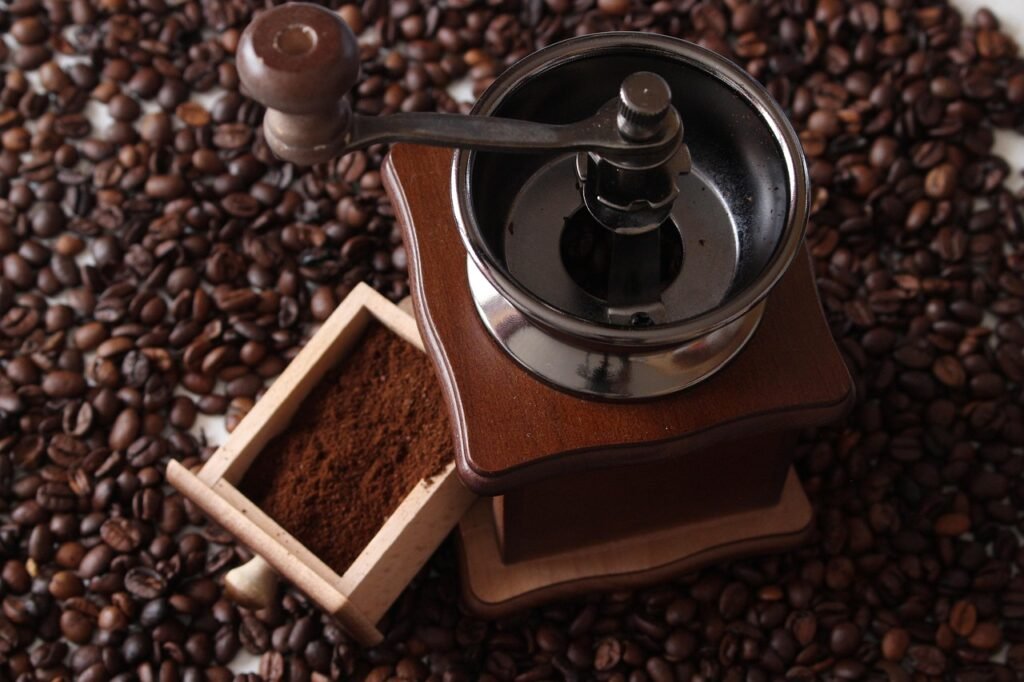
Introduction Independent cafes win when they feel like the neighborhood’s living room and operate with the discipline of a great kitchen. Below is a quick

Discover how top specialty coffee brands create lasting loyalty through storytelling, sourcing, and community connection. Real tips from 6 industry experts.

Discover the ultimate showdown between two beloved coffee brewing methods: the French press and Chemex. Explore how each technique caters to distinct palates, with the French press delivering bold flavors and the Chemex presenting a bright, clean taste.

Unlock the secrets to brewing the perfect cup of coffee with our comprehensive guide on using a coffee scale. Discover how precise measurements enhance flavor and consistency while eliminating bitterness.

Discover how water temperature plays a vital role in brewing the perfect cup of coffee. This article delves into the ideal temperature range of 195°F to 205°F for optimal flavor extraction, enhancing the enjoyment of high-quality beans.

Discover the world of curated specialty coffee bundles, perfect for enthusiasts seeking quality and craftsmanship. This article explores the benefits of ethically sourced, small-batch beans from brands like Equipoise Coffee, offering diverse flavor profiles that elevate your brewing experience.

Discover the art of manual brewing to elevate your coffee experience! This article explores various techniques like pour-over, French press, and AeroPress, revealing how they enhance flavor and your connection to every cup.